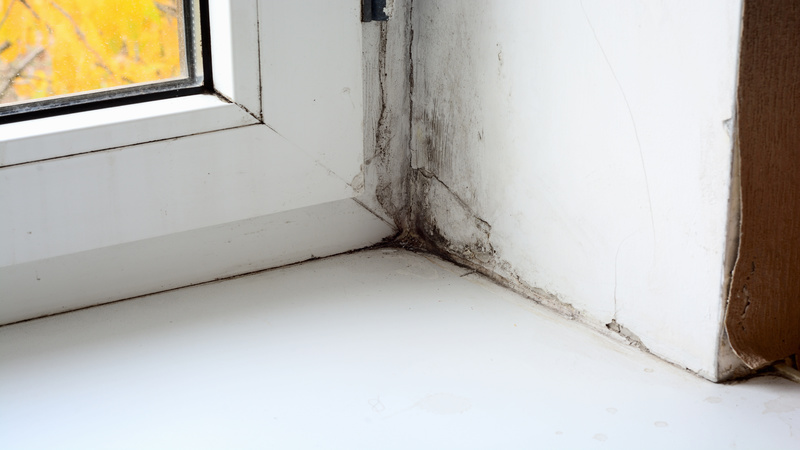With so many choices around, finding and buying the right autopilot for you can turn out to be a confusing experience. Read on to know a few basic things about your boat autopilot:
Auto Pilot Essentials
1. An autopilot is a hard-working piece of equipment. It essentially takes over your job in steering the boat, Boats says.
2. It has three major components. These include the drive unit, the control head, and the compass sensor.
3. Drive units function like the arms and hands of your autopilot. It’s largely responsible for your boat’s muscle power.
4. The control head, also commonly known as the control unit, is often referred to as your autopilot’s brain. It’s interfaced with the steering system of your boat. That’s how you take control of the boat and manage to direct it to anywhere you want.
5. Master your control head. If you’ve got locations you frequently bop over to, like fishing spots you keep coming back to, you can have these locations programmed into the control head. That way, all you need to do is click on your destination, fiddle with a few of the control settings and you’re good to go. No need to keep entering the same data into the system. This makes it incredibly convenient for you to use, especially when you’re in the mood to spend time in one of your favorite spots on the water.
6. Your compass sensor is more or less your boat’s eyes and ears. It allows your boat to see where its going. If you want to rely on top-of-the-line equipment while you’re out there, choose a unit that allows you to sense direction along with the pitch and yaw and even the rate of turn. The cost will probably factor into this so be prepared to shell out extra for premium electronics.
7. You’ve also got to have a rudder feedback sensor. This lets your control head where the drive unit is at all times.
Improving Your Autopilot Experience
- Most people believe all you need to do click on the autopilot and walk away, comfortable in the thought that everything will be all right. If you want to make the most out of your autopilot, learn to adjust your settings to make that happen.
- Have a plan B and C. Things won’t always work out the way you want them too. So have plan B and C ready in case Plan A doesn’t work.
- Learn as much as you can. That’s the best way you can improve on the experience.

